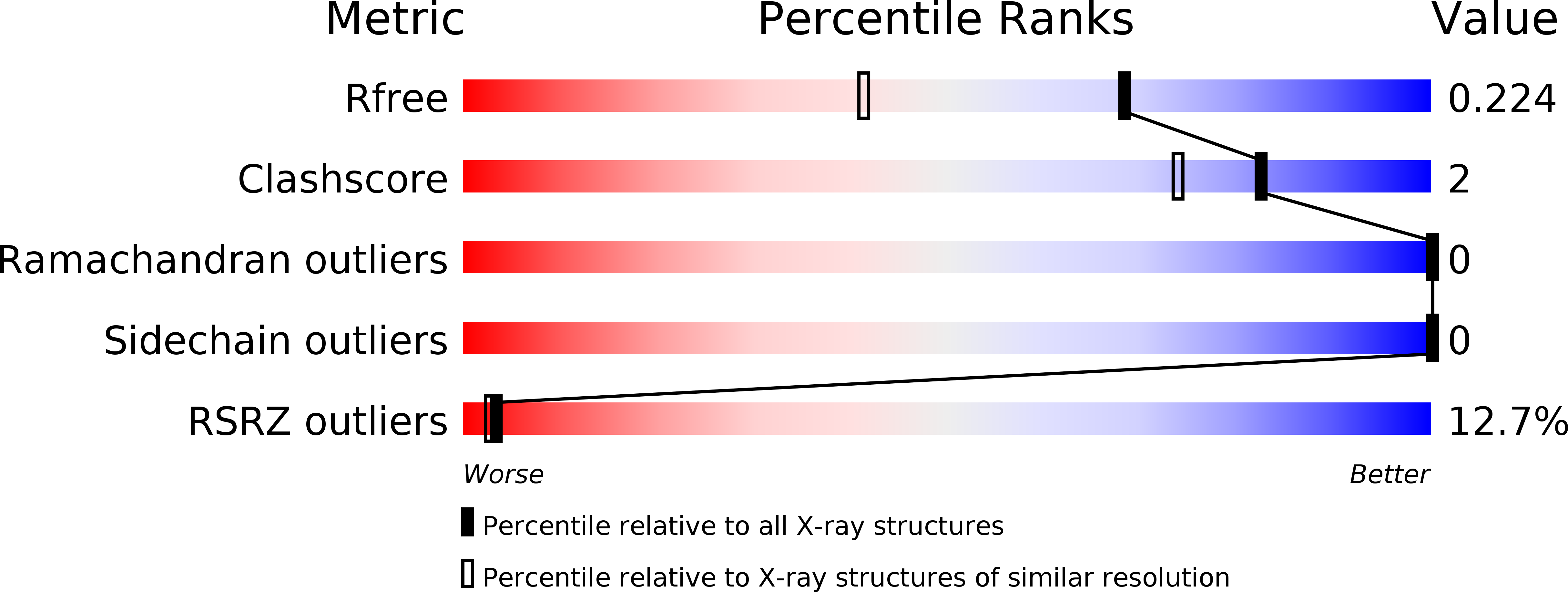
Deposition Date
2011-12-28
Release Date
2012-02-01
Last Version Date
2023-11-08
Entry Detail
PDB ID:
3V9T
Keywords:
Title:
Crystal structure of the PPARgamma-LBD complexed with a cercosporamide derivative modulator
Biological Source:
Source Organism:
Homo sapiens (Taxon ID: 9606)
Host Organism:
Method Details:
Experimental Method:
Resolution:
1.65 Å
R-Value Free:
0.21
R-Value Work:
0.20
R-Value Observed:
0.20
Space Group:
P 1 21 1


